Mexico’s Hidden Treasures: A Journey Through Textiles, Pottery, and Cacao
Discover Mexico’s travel adventures and cultural treasures with traditional Mexican crafts, from Chiapas textiles and Yucatan Mayan heritage to Oaxacan black clay pottery and Talavera pottery in Puebla. Experience ceremonial cacao rituals and authentic Mexico artisanal products—your Mexico trip inspiration is here.
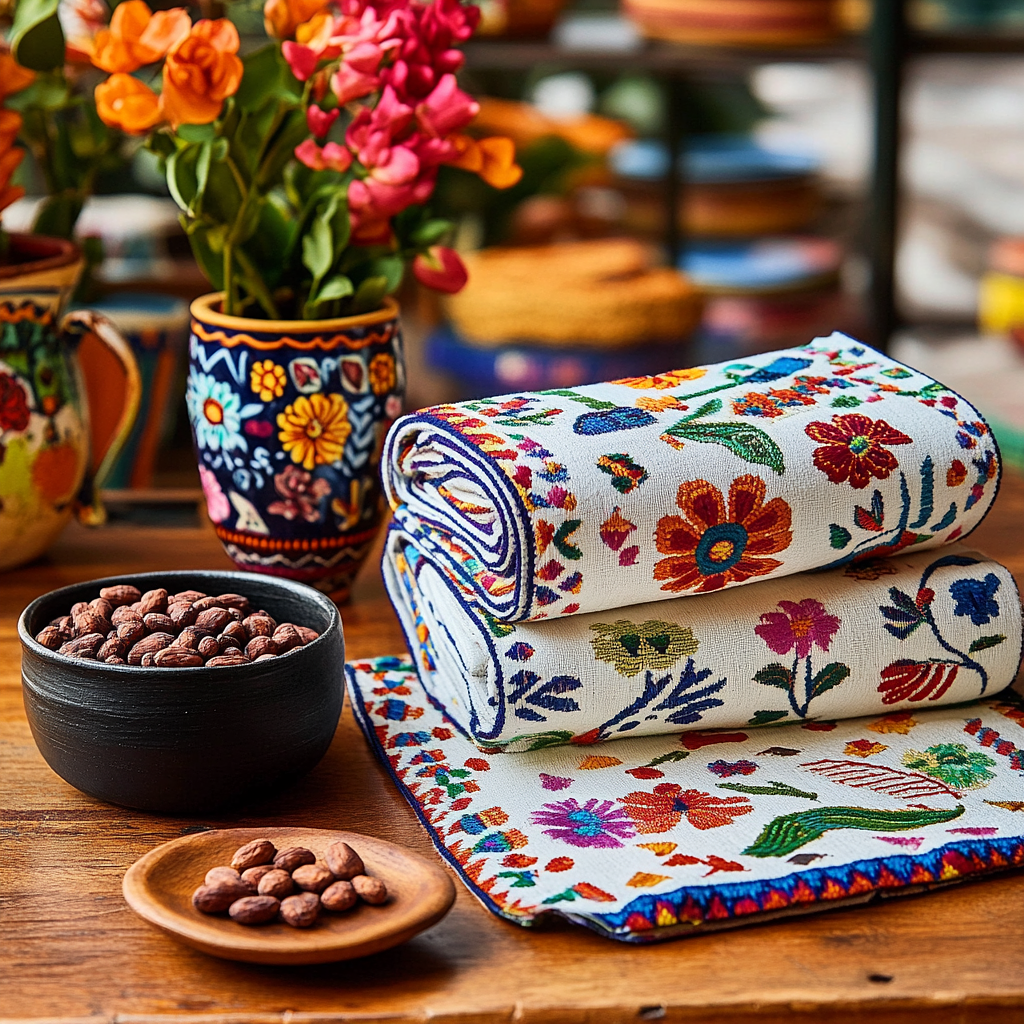
Posted on Tue 25 Mar 2025 · by Ray Gudrups
You don’t come to Mexico for the postcard shit. The beaches? Fine, they’re there—sand, sun, a margarita that’ll knock you sideways. But that’s not why you’re here. You’re here because Mexico doesn’t whisper its stories; it grabs you by the collar and spills them over a plate of mole and a shot of mezcal. This is a place where every thread, every lump of clay, every sip of cacao is a middle finger to the sanitized tourist traps. So, let’s ditch the guidebook and get dirty with the real Mexico—five treasures that’ll make you feel alive: raw, irreverent, and straight from the gut.
Chiapas: Textiles That Don’t Shut Up
Chiapas is Mexico’s wild child, all mountains and mist and a history that’ll punch you in the chest. The textiles here? They’re not just pretty—they talk. Huipiles from Zinacantán, woven on back-strap looms by women who’ve got Mayan blood in their veins and stories in their fingers. Diamonds for the cosmos, toads croaking for rain—each pattern’s a code, a secret handshake from one generation to the next. I sat with a weaver once, her hands flying like she was conducting an orchestra, and she said, “This is us, cariño. This is survival.” She wasn’t lying. 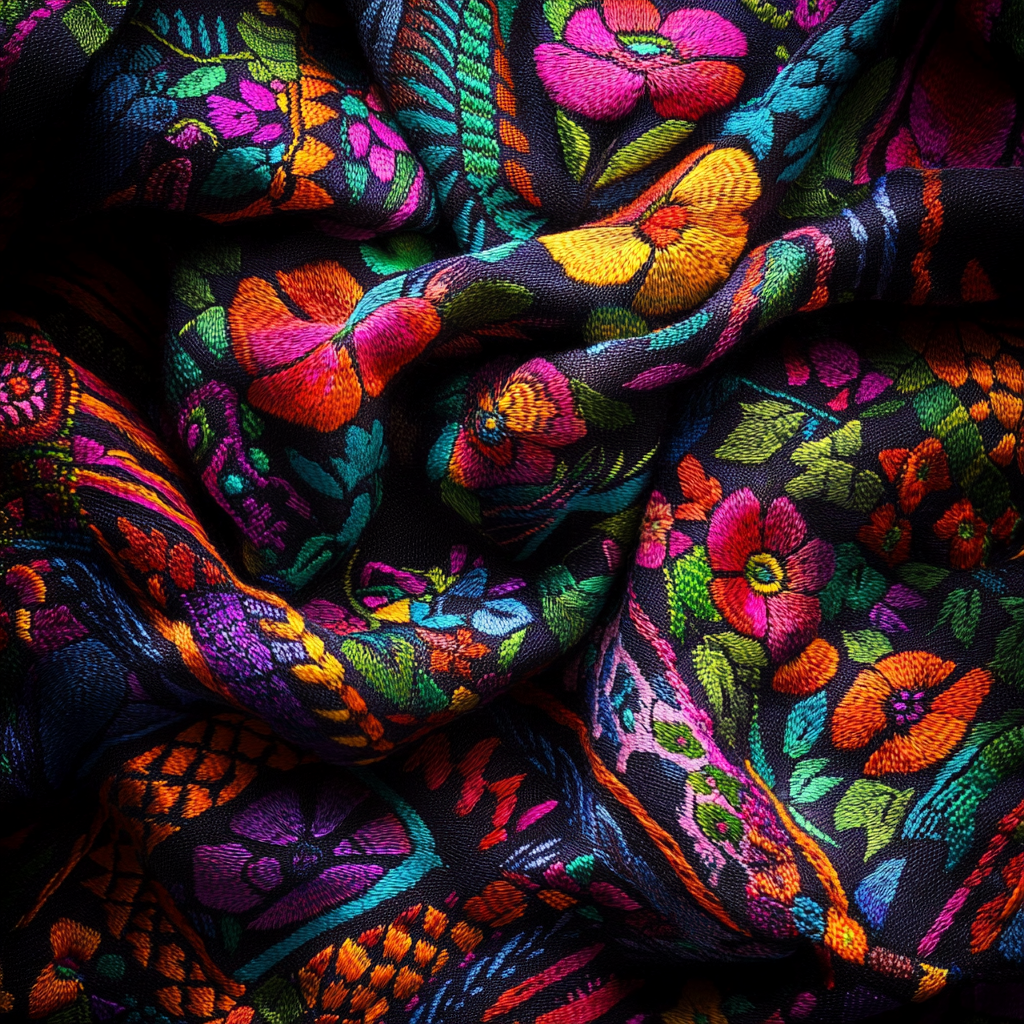
Then there’s the rebozos—shawls that wrap you in warmth and defiance. Hit up Sna Jolobil in San Cristóbal de las Casas, where the weavers aren’t screwing around, or the markets in Zinacantán and San Juan Chamula, where the air smells like wool and rebellion. Fifty bucks gets you in the game; a few hundred snags you something that’ll outlive your grandkids. Haggle if you must, but don’t be a dick—these are livelihoods, not flea market junk.
For the road: San Cristóbal’s cold at night. A rebozo’s your best friend.
Yucatan: Mayan Swagger in Every Thread
Yucatan’s where the Maya said, “Screw extinction,” and kept on weaving. Hipiles here are explosions of color—reds, blues, yellows—stitched with Chuuy K’ab, a satin stitch that’s more art than craft. They’re worn for festivals, sure, but they’re also a loud “I’m still here” to anyone who’ll listen. And the hammocks? Woven tight, they’re your throne after a day of sweating through Chichén Itzá. I swung in one once, beer dripping down my chin, the jungle humming around me, and thought, “This is living.” 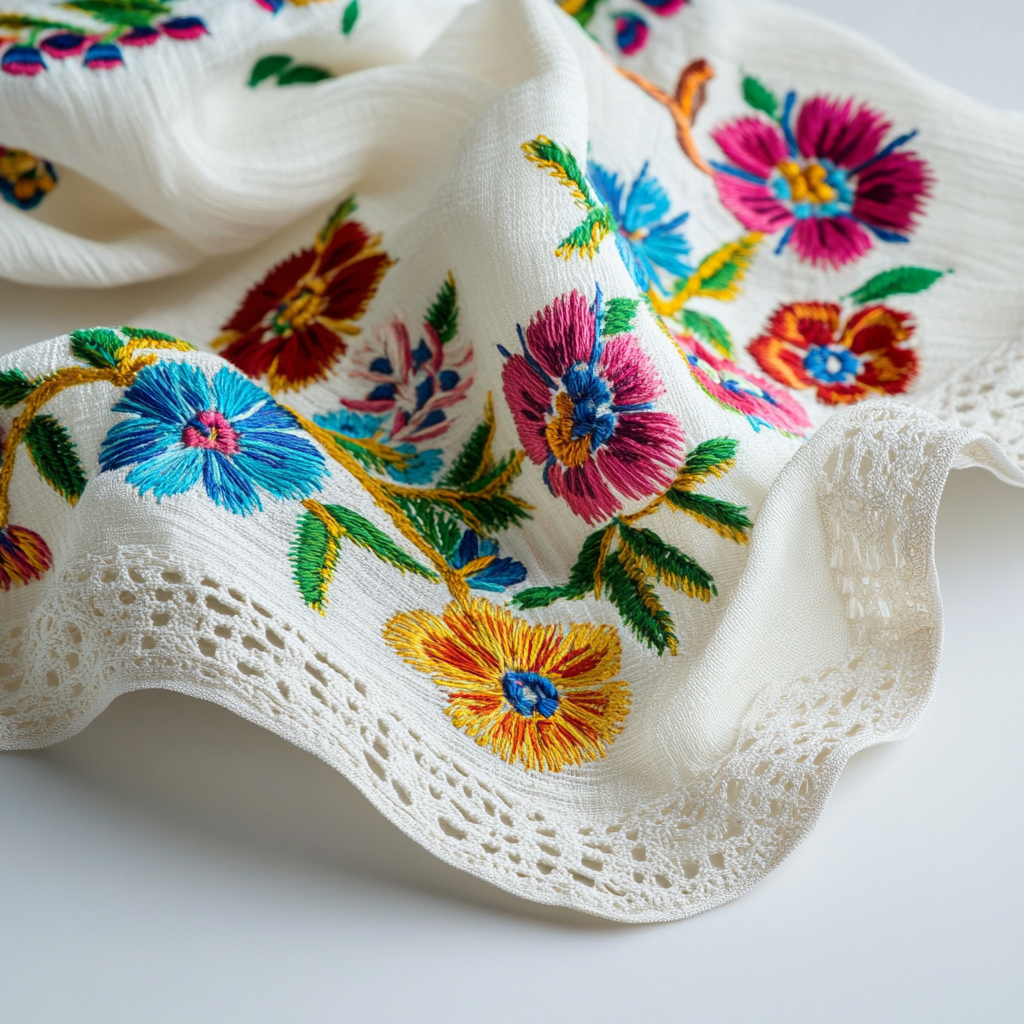
Merida’s Municipal Market is ground zero, or try Plaza de la Mejorada if you’re not into crowds. Smaller spots like Valladolid or Izamal—yellow-painted and sleepy—deliver the goods too. Hipiles run $100 to $500, hammocks start at $30. It’s not about the price; it’s about owning a piece of Mayan heritage that doesn’t give a damn about time.
Travel hack: Izamal’s got hammocks and pyramids. Do both. You’ll thank me.
Oaxaca: Black Clay That Bites Back
Oaxaca’s a sensory overload—mezcal fumes, street food, and clay that’s black as sin. Barro Negro from San Bartolo Coyotepec isn’t pottery; it’s witchcraft. The glossy finish comes from a firing trick that’s half science, half voodoo—artisans burnishing the hell out of it, then choking the kiln till it sings. Vases, bowls, shit so intricate it’ll make your eyes hurt. I walked into a workshop once, clay dust in the air, and watched a guy shape a lump into something eternal. “Twenty days,” he grunted. Worth every second. 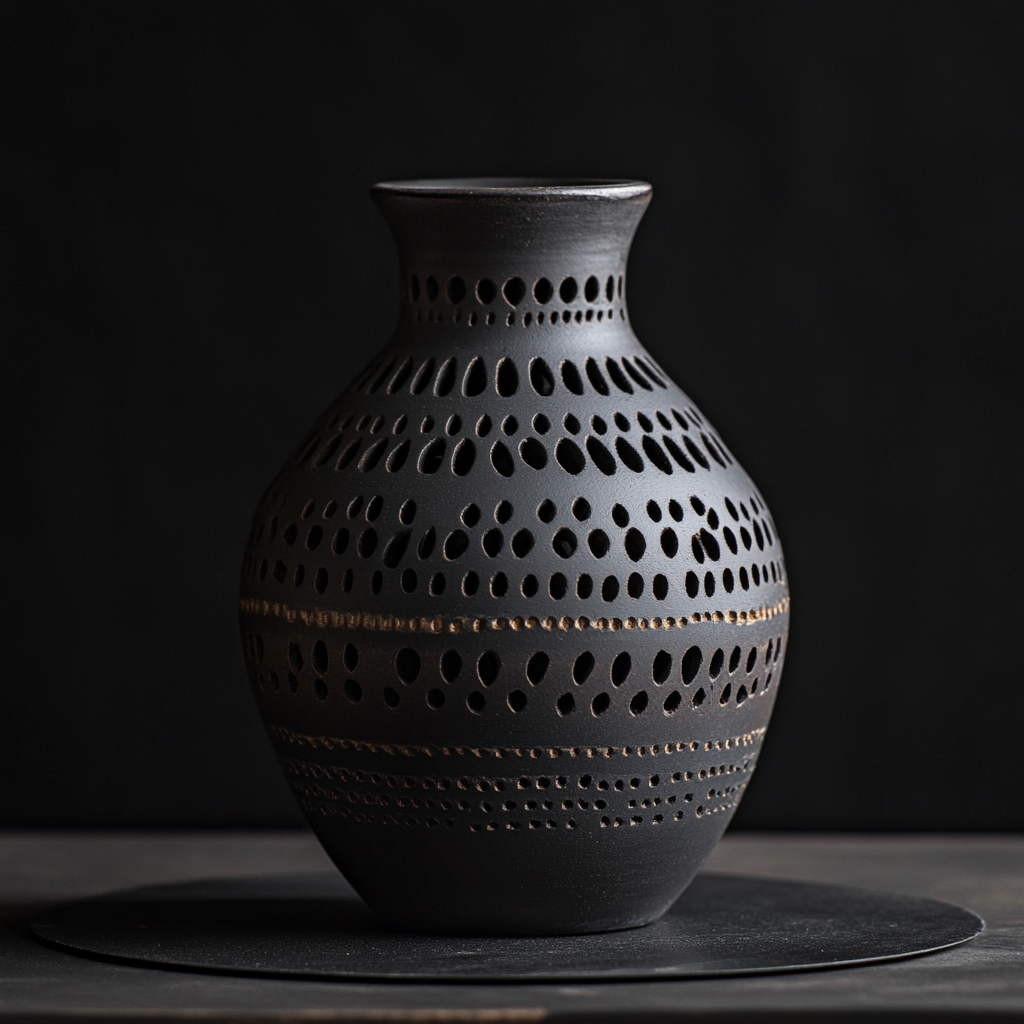
Oaxaca City’s Benito Juárez Market has it, or the Mercado de Arte y Culturas if you’re fancy. Better yet, go to San Bartolo Coyotepec and breathe the smoke yourself. Ten bucks gets you a trinket; hundreds snag a masterpiece. This is Oaxaca’s soul, fired hard and unapologetic.
Pro move: Grab something with texture. Smooth’s for suckers.
Ceremonial Cacao: Soul in a Sip
Cacao’s not chocolate here—it’s a goddamn ritual. In Chiapas and Oaxaca, they skip the fermentation, keep it raw, and hand you a cup of history. The Maya drank it, Montezuma got frisky with it, and now it’s your turn. Packed with flavonoids, it’s good for your heart, but that’s not the point. I sat in a cacao ceremony once—incense thick, some guy chanting—and it hit me: this isn’t a drink, it’s a conversation with something ancient. You don’t sip; you listen.
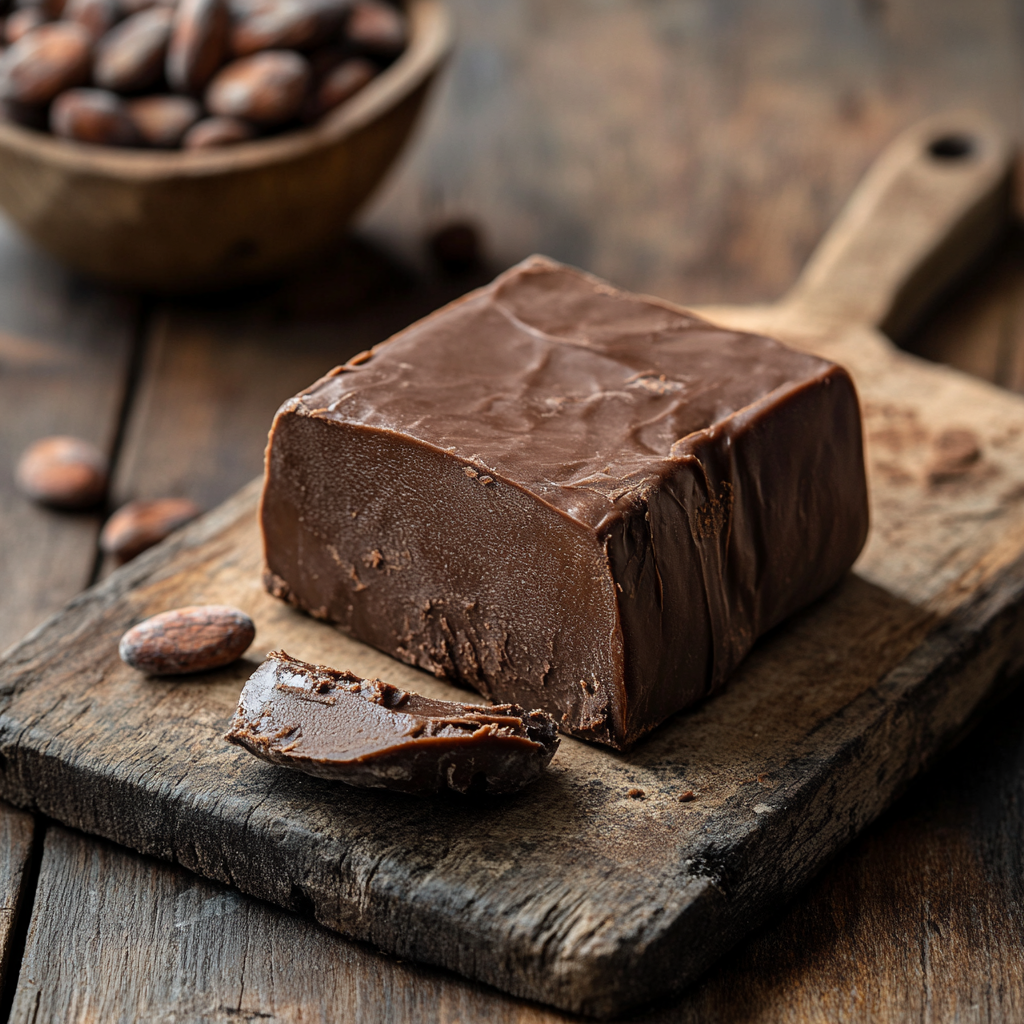
Local markets have the beans or paste—$10 to $50 a pound, depending on who’s selling. Mitla 100% Pure Ceremonial Cacao Paste is legit if you’re picky. Brew it slow, feel it deep, and don’t treat it like some hipster latte. This is Mexico’s sacred juice.
Fair warning: It’s bitter. Deal with it.
Talavera Pottery: Puebla’s Loudmouth Legacy
Puebla’s where Spain crashed into indigenous Mexico and made something beautiful. Talavera pottery’s the result—bright as hell, hand-painted with blues and whites that scream. Tiles, plates, vases, all fired in kilns older than your family tree. I found a cup once in a Puebla workshop, colors so loud I could hear them. “This is Mexico,” the guy said, brush in hand. No argument there. 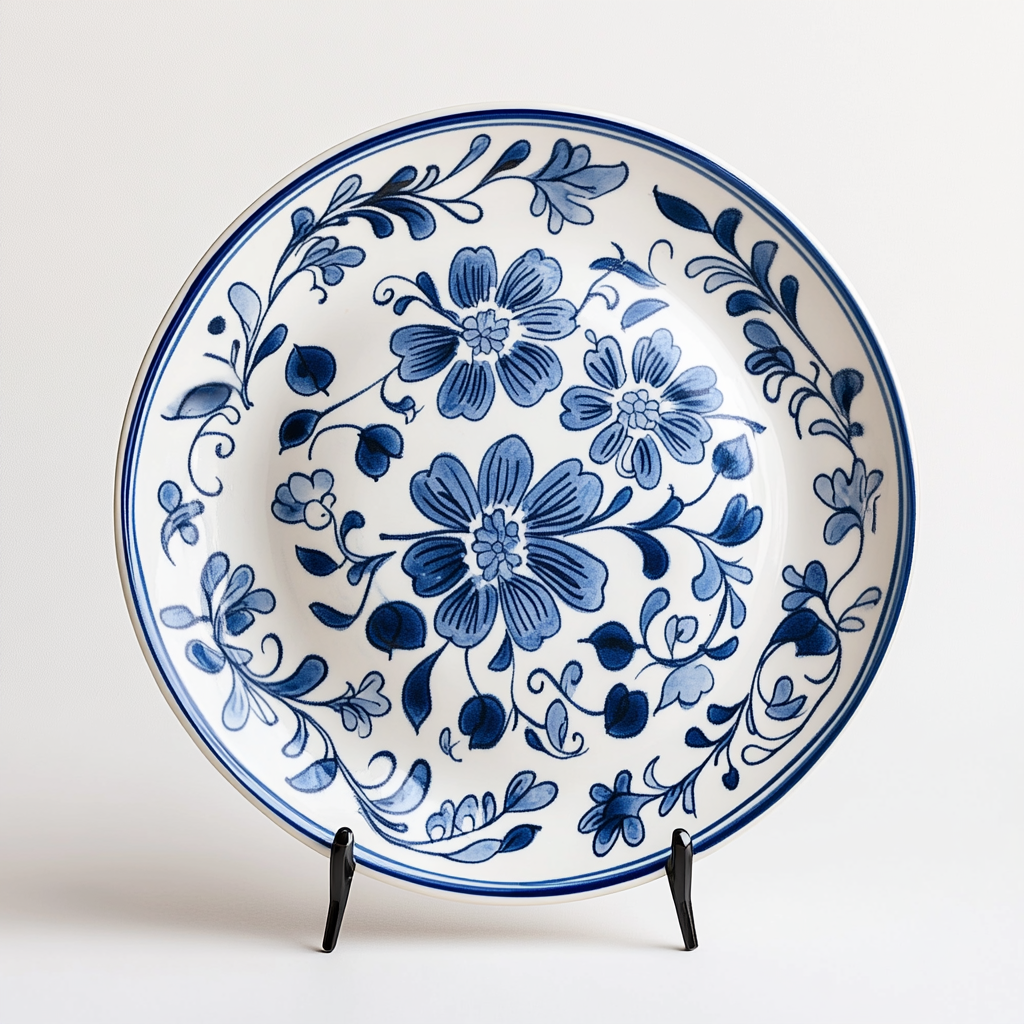
The Talavera district in Puebla City’s your spot, or Atlixco if you’re off the beaten path. A few bucks gets you started; thousands buy you history. It’s not about the cost—it’s about hauling home a piece of Puebla’s gutsy pride.
Insider tip: Watch the artisans work. It’s half the high.
The Punchline
Mexico’s not a vacation; it’s a reckoning. The weight of a huipil, the cool grip of black clay, the slow burn of cacao—it’s not stuff you buy; it’s stuff you feel. These artisans aren’t just making things; they’re keeping a culture from drowning in souvenir stands and all-inclusive bullshit. So when you drop cash on a rebozo or a Talavera bowl, you’re not a tourist—you’re a lifeline. That’s the Mexico worth chasing.
Get Out There: Hit the road, traveler. Find these treasures, meet the people who make them, and bring home something real. Mexico’s waiting—and it doesn’t mess around.
